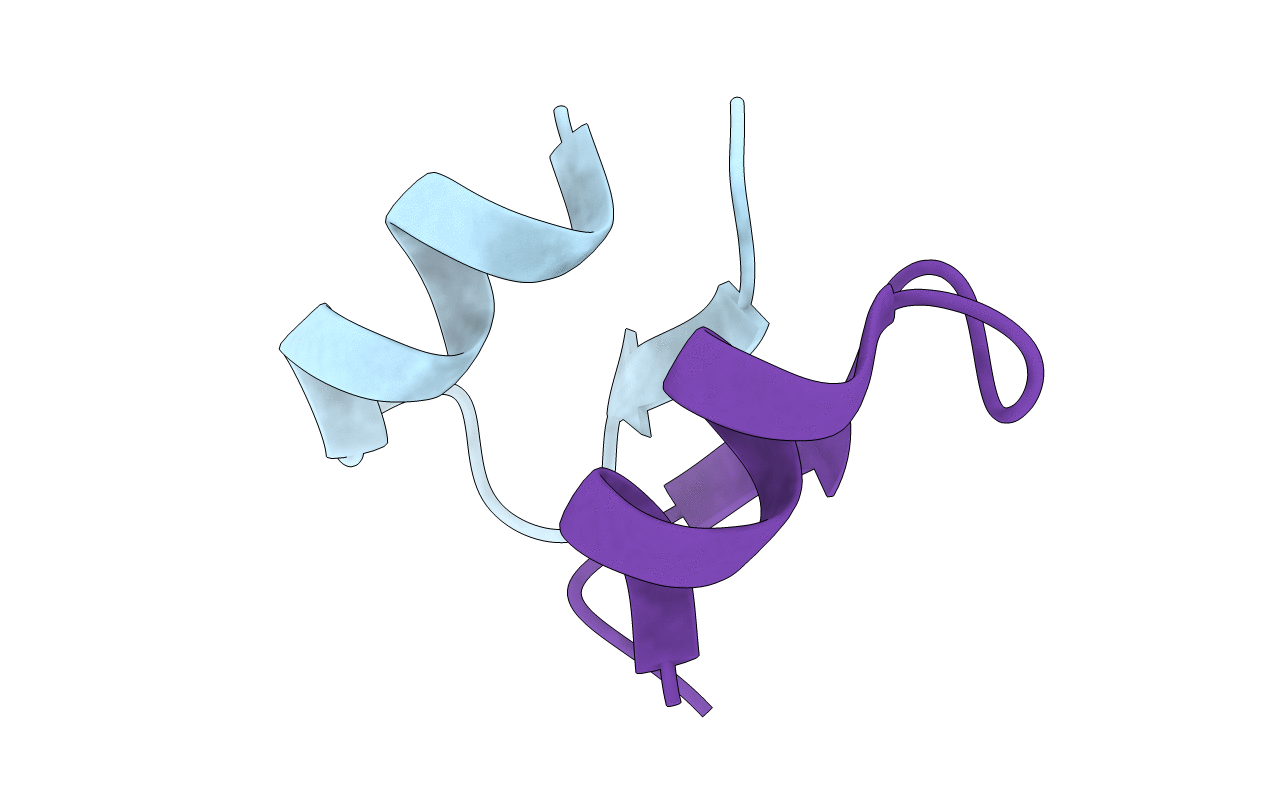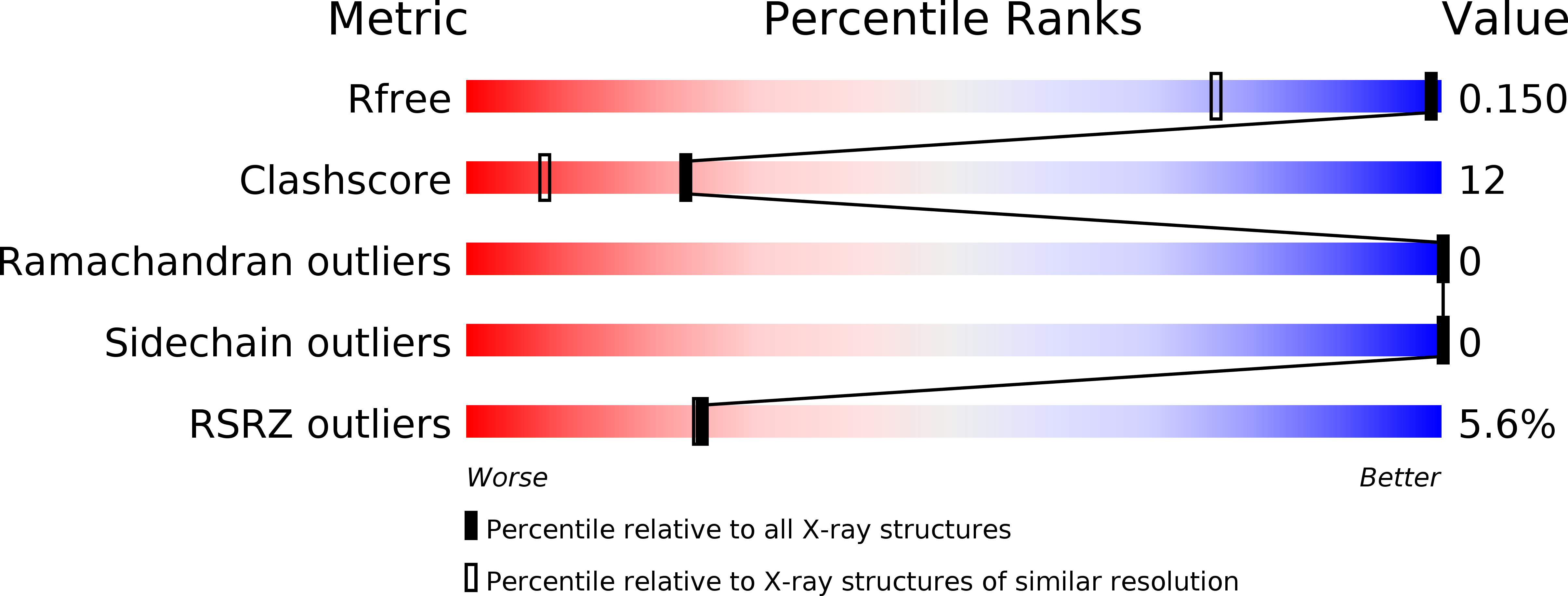
Deposition Date
2004-05-10
Release Date
2004-12-21
Last Version Date
2024-11-06
Entry Detail
PDB ID:
1T7H
Keywords:
Title:
X-ray structure of [Lys(-2)-Arg(-1)-des(17-21)]-endothelin-1 peptide
Biological Source:
Source Organism:
Homo sapiens (Taxon ID: 9606)
Method Details:
Experimental Method:
Resolution:
1.13 Å
R-Value Free:
0.13
R-Value Work:
0.12
R-Value Observed:
0.12
Space Group:
P 21 21 2


